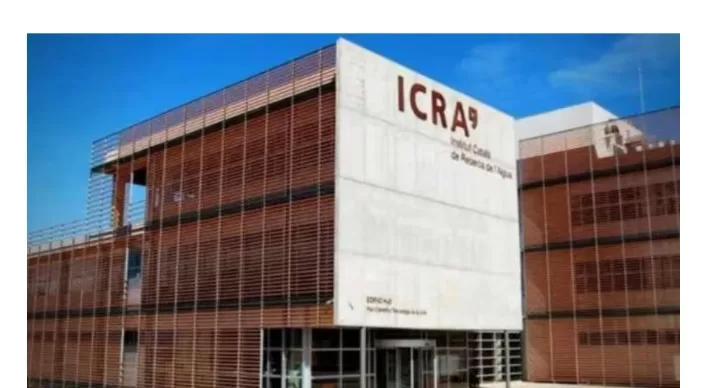In a significant development, India is poised to make substantial investments in its infrastructure, with plans to allocate approximately Rs 143 lakh crore between the fiscal years 2024 and 2030. This ambitious plan represents more than double the total expenditure recorded in the preceding seven financial years, beginning from 2017. The renowned rating agency, Crisil, has released a report foreseeing that this robust infrastructure spending will play a pivotal role in propelling India’s economic growth and leading to a surge in per capita income.
Green Initiatives Take Center Stage
A noteworthy aspect of this massive infrastructure investment is the focus on sustainable, eco-friendly projects. Of the total allocated budget, an impressive Rs 36.6 lakh crore will be directed towards green investments. This marks a staggering fivefold increase when compared to the spending in the fiscal years 2017-2023.
Crisil’s Projections and Expectations
Crisil Ltd’s Managing Director and CEO, Amish Mehta, anticipates substantial growth for India’s gross domestic product (GDP). The agency forecasts an average GDP growth rate of 6.7 percent through fiscal 2031, making India one of the fastest-expanding large economies globally. Furthermore, Crisil envisions a remarkable rise in per capita income, which is projected to increase from the current USD 2,500 to USD 4,500 by fiscal 2031. This transformation into a middle-income country is expected to be driven by extensive infrastructure development with a strong emphasis on sustainability.
Sectors Paving the Way
The report highlights several key sectors that will play a pivotal role in India’s future infrastructure development. These sectors include roads, power, electric vehicles (EVs), solar energy, wind energy, and hydrogen-based projects. Roads and power are expected to remain major contributors, while relatively newer sectors like EVs, solar, wind, and hydrogen are anticipated to gain momentum.
Electric Vehicles on the Rise
The report also predicts a substantial shift toward electric vehicles in India. It suggests that electric vehicles’ share of India’s total automobile sales is likely to reach 30 percent by 2030. Two-wheeler EV sales are projected to outpace other segments until 2028, and there’s a growing demand for EV buses, especially in state transport undertakings. Factors contributing to this shift include favorable total cost of ownership and total cost of acquisition, as well as increasing model availability for two- and three-wheelers.
Renewable Energy Expansion
Crisil expects a fourfold increase in the share of renewable energy in India’s total capacity between the fiscal years 2023 and 2030. Solar energy is projected to account for half of the incremental non-fossil generation. To achieve this, Crisil suggests leveraging emerging technologies such as “floatovoltaics” (floating solar), offshore wind technology, and green hydrogen.
Green Hydrogen Investments
Green hydrogen is identified as a sector with substantial investment potential. It is estimated that between the fiscal years 2024 and 2030, the hydrogen sector will attract around Rs 1.5 lakh crore in investments. To encourage this growth, mandates for green hydrogen usage and incentive schemes will be crucial, given that the cost of producing green hydrogen is twice that of fossil-based hydrogen.
Sovereign Green Bond Issuance
Crisil also points out that India’s first sovereign green bond issuance is expected to pave the way for the development of the domestic bond market for green issuances. Global trends have shown an increasing appetite for green assets among investors, prompting Indian companies to seek funds in global markets.
The Future of India’s Infrastructure
The coming years are poised for a transformation in India’s infrastructure landscape. With a focus on green initiatives, substantial investment, and a growing emphasis on sustainability, India is making significant strides toward becoming an economic powerhouse with a robust and environmentally conscious infrastructure.







